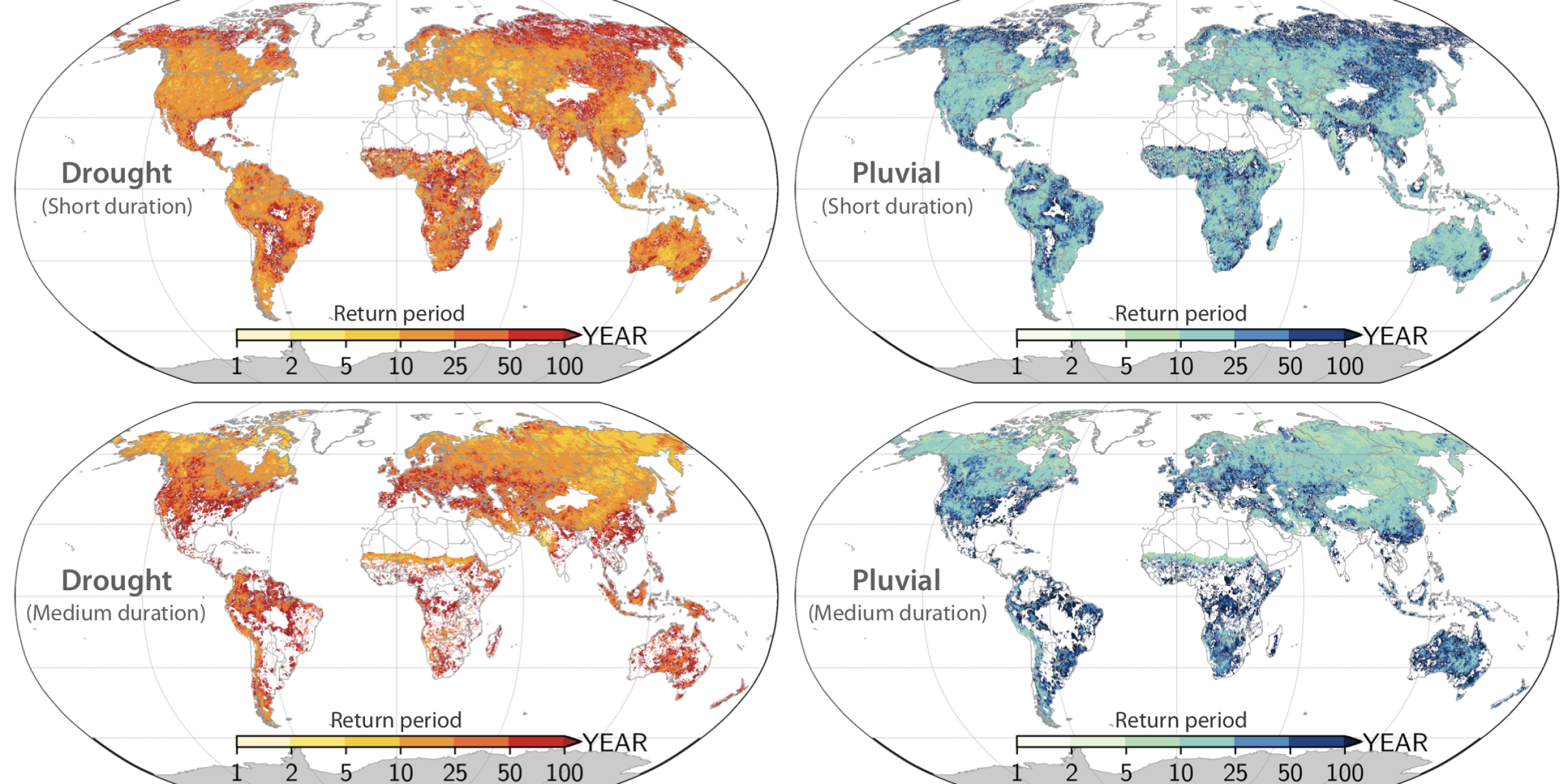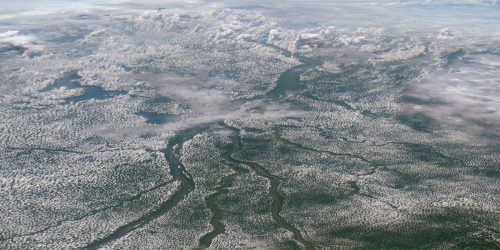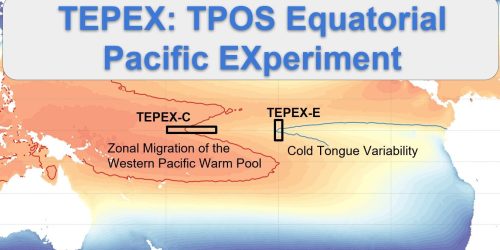New research supported by CPO’s Climate Observations and Monitoring (COM) Program developed the first Global Drought and Flood Catalogue (GDFC). The catalogue provides consistent estimates of large-scale drought and flood events over 1950-2016, their different characteristics, as well as long term risk.
There is a need to improve our understanding of current drought and flood risks and how they may change in the future under the influence of climate change and human activities. However, current drought and flood risk estimates are often short-term and inconsistent, limited to developed nations, and associated with large uncertainties. To address these challenges, the research team developed a catalogue of hydrological extremes and their characteristics, with long-term data records to enable more robust risk quantification in an unprecedented way than existing short-term global drought, flood, and inundation products. The GDFC capitalizes on in situ, remote sensing, and cutting-edge land surface and hydrodynamic modeling to present datasets that allow for flood and drought extremes to be studied comprehensively, rather than separately. This catalogue will be a valuable resource for national and international climate change assessments, underpin further analyses of compounding climate risks, and can serve as an observation-based reference point for the climate modeling community. Furthermore, the GDFC has the potential to be integrated with other information for use by resource managers and decision makers. Examples include: flood risk management, water supply, and hydropower generation, engineering design evaluation, and water infrastructure decisions.
Researchers, including COM-funded PIs Eric Wood (Princeton University) and Justin Sheffield (University of Southampton, UK), along with Xiaogang He (Princeton University), Ming Pan (Princeton University), and Zhongwang Wei (Sun Yat-sen University, Japan) present a higher order analysis of large-scale and long-term droughts and floods globally in Bulletin of the American Meteorological Society.
The catalogue includes a number of publicly available climate information products, which include:
- drought and flood inventory,
- hazard maps,
- standardized indices,
- meteorological forcings, and
- land surface hydrological fluxes and states.










